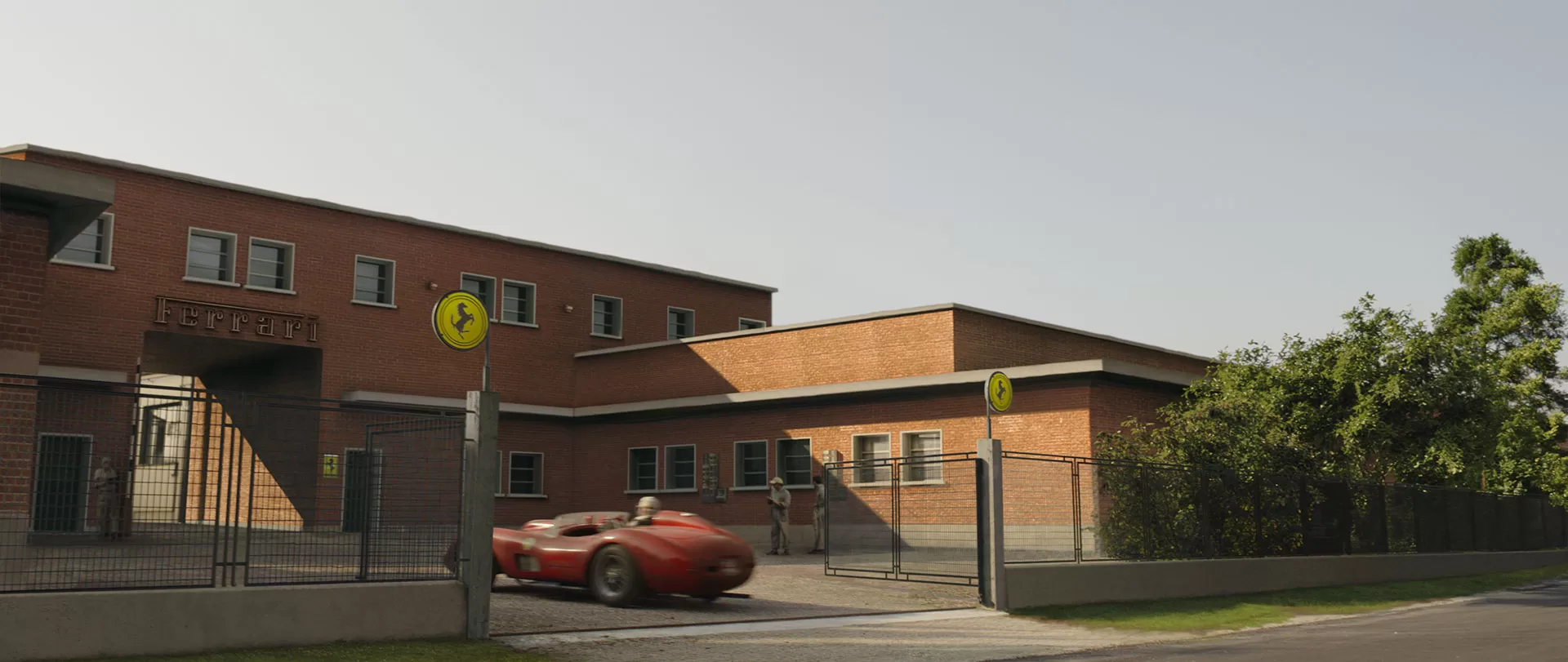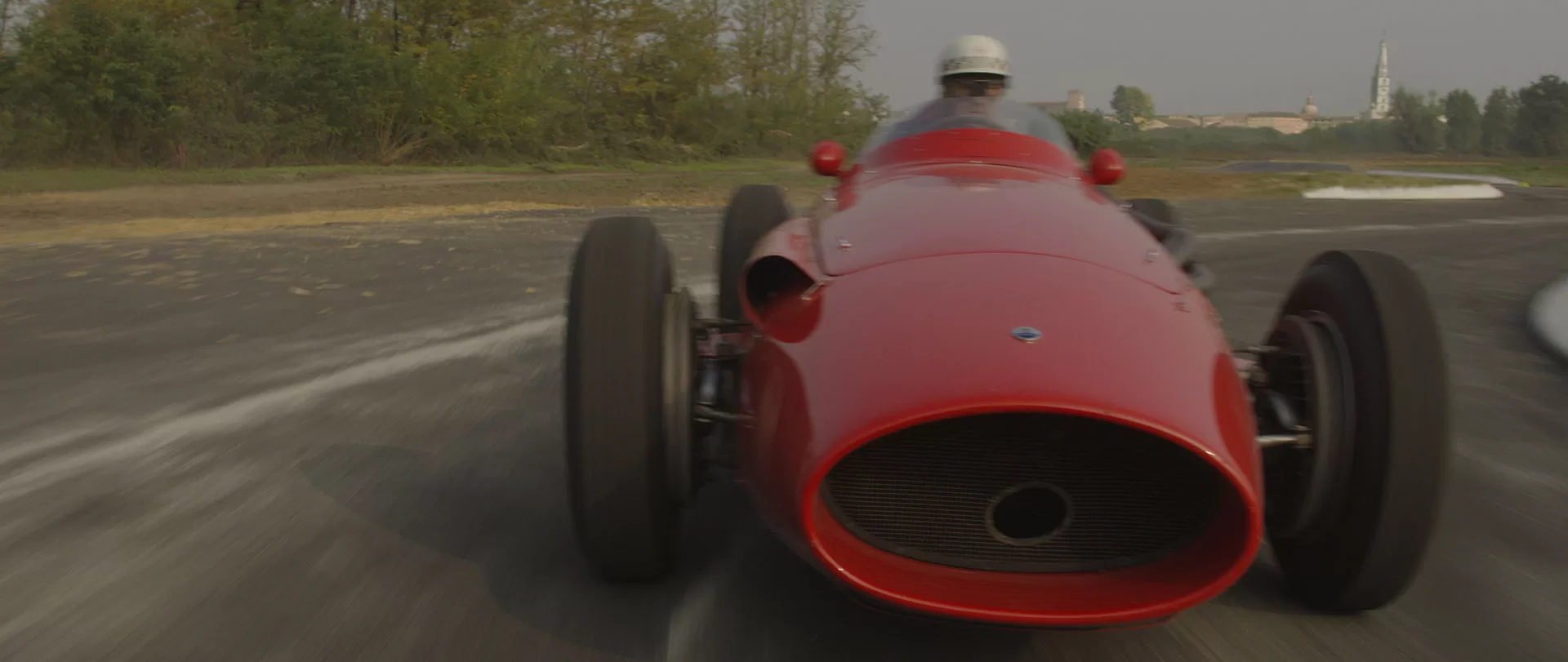Chris Ritvo embarked on his visual effects career in 2010 at Mr. X (now MPC), where he worked on a variety of projects, including Hellboy, Antlers, Texas Chainsaw Massacre, and Ms. Marvel.
Can you provide some insight into your past experiences and how you started working in VFX?
I studied film production in Toronto and fell into VFX after university. Starting as a PA at Mr X, I quickly was able to jump on-set collecting data for several projects. Then moved to working into the 3D department at Dneg. I moved onto on-set supervising and eventually VFX Supervising!
How did you and MPC get involved on this movie?
MPC came into the project early with David Sewell from MPC’s London office supervising pre-production and the principal photography in Italy. We handed off the project to the MPC Toronto team with myself and MPC’s VFX producer Emma Gorbey in post-production and then I spent most of my time in LA with Michael and the post-production team.


What were your impressions of collaborating with director Michael Mann and can you share your experience working alongside him?
I’ve been such a fan since my childhood from The Last of the Mohicans, The Insider and of course Heat! My first meetings with Michael were great, he was very welcoming, we watched all the sequences together and discussed the film. It’s amazing to watch Michael work, he leads by example by being the hardest working person in the room. The energy is infectious and the fact that he has been trying to make this film for over 20 years, everyone really wants to make the best movie possible.
For Michael, it always started with reference, and basing the shot in the film’s reality. The emphasis was always on what was in the plates and everything had to be informed by those elements. Anything added had to blend and at no point could it distract from the drama of the film. We had so much research to go on, so many photos and reports from the real races and events If there was ever a question of what something should look like we always started with going back to the reference. And Michael always wanted to make sure accuracy was first and of paramount importance. It was very interesting spotting shots because often we got into the conversation of what the shot was about, where the audience’s eye should be focusing which was an interesting approach. If something didn’t work, we would discuss and diagnose the various issues that may be there, but usually we tried to distill and change to the simplest form to try to not change too much.


How did you choose the various vendors and split the work amongst them?
MPC was the main vendor and provided the bulk of the heavy VFX 3D work, environments, and crowds covering the entire span of the film. The shot count for a film of this size wasn’t incredibly high so we really wanted to keep the simple VFX in house as much as possible with our team of about four compositors led by our in-house compositing lead Nick Reynolds. We brought on Savage VFX who were recommended to us and had a great reputation, notably Mindhunter which we were a big fan of. Savage took on the pre-title racing sequence as well as some sequences of the Mille Miglia. We also brought on BOT VFX to do some tricky paint work.
How did you manage coordination between the visual effects teams and the other departments?
Once we had all vendors including in-house up and running, it was a matter of just doing daily meetings with everyone. Because I was situated with team in LA, we would constantly communicate with editorial who were a huge help in making temps for almost all the visual effects shots before we sent them to vendors. This was essential to giving us an inexpensive way to do some trial and error and get temp sign off with Michael before getting the vendor’s involved. Of course, things would develop and change but it’s always useful to jump start the shots. Our lovely production team led by Beth Howe coordinated with editorial, Company 3 and the vendors for keeping on schedule and deliveries.


What were the main challenges faced by the visual effects team in recreating the city of Modena?
With principal photography being done in Modena not a lot had to be done to many filming locations. Production shot in most of the historical locations the film took place so really we had the perfect reference of what it should look like! VFX contributed to tying together the city with the famous race track, once situated in the city and is now a park. Production rebuilt a racetrack in another location. VFX tied the two locations together through 2.5D matte paintings and set extensions at the track location so we would see the Modena skyline behind the tree line, notably the bell tower, the Torre della Ghirlandina, of the Duomo Di Modena.


Can you elaborates about the crowd work for Modena and the races?
Crowds were a big part of our work in the Mille Miglia sequences. One of the famous and most dangerous features of the Italian race was being run on open roads and very few barriers. So crowds had to be right in the action, sometimes only a few feet away from the cars. On set crowd elements were shot on green screen during production and this served as the base for most of MPC’s crowd extensions. In wider shots where we need a massive amount of people we switched to digital crowd assets to help fill out the back rows. The combination of the two really helps a sense of realism.
MPC also contributed to the final crash of the Ferrari crashing into the crowd at Guidizzolo. The crash was filmed on location in Italy and SFX delivered an incredible crash throwing the Ferrari down the street. Even without the crowds it was a visceral shot. Our onset team then shot elements of the crowd in place acting up until impact. In post those characters were duplicated as digi-doubles, tracked into the scene and as the car makes impact were taken over to continue the animation.


What were the key elements the visual effects team had to consider to make the car races authentic to the era?
The emphasis was always match the reference and match the plate. The production shot so much beautiful footage, a lot of the job was done for us. So anything added to these plates really needed to be seamless.


What aspect of the visual effects in Ferrari are you most proud of?
I think the fact the VFX are almost invisible, the are there to support the drama of the film. It’s very rare to work on a project of this size with a director like Michael which is a pure drama with complex characters and not purely an action film.


What was the most complex sequence to achieve in terms of visual effects, and why?
The final crash crowd was the most complex sequence and ends the film so we knew we had to get it right.


What are the main mistakes to avoid when creating invisible visual effects?
I always learned to try capture something in camera. Even if you know you’re going to replace it in post. Starting from something even if it’s wrong is always easier than a blank canvas and there are so many things you can pick up from a plate, even small things to add realism.
What is your favorite shot or sequence?
One shot I absolutely love is when the camera is riding on board with the Ferrari as it enters the square. Also the camera following De Portago into Rome with the cheer crowd. Great epic shots!


What is your best memory on this show?
Every once in a while I could squeeze a story out of Michael about one of his past films. He had some great stories!


What’s the VFX shots count?
477.
What are the four movies that gave you the passion for cinema?
Jurassic Park, Trainspotting, Gladiator, The Thing.
A big thanks for your time.
© Vincent Frei – The Art of VFX – 2024






